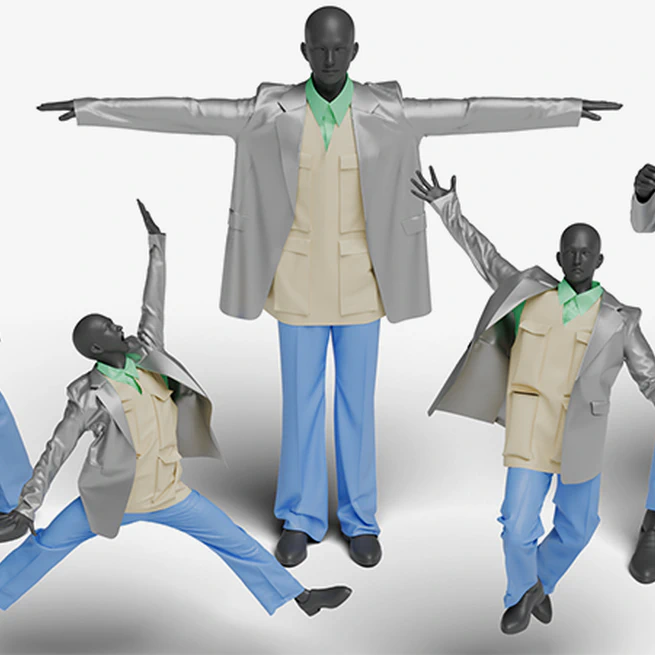
Dec 1, 2025

Dec 1, 2025

we propose a novel method to determine the optimal mesh resolution for cloth simulation, without running any preliminary simulations.
Aug 11, 2025
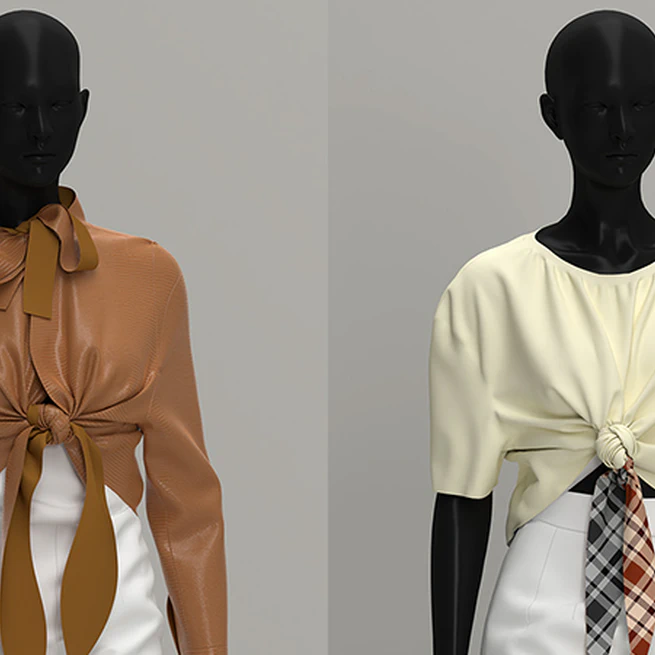
We propose an effective and efficient physics-based system for modeling knots and ties using templates. It can model a wide range of knots and ties with diverse styles and shapes.
Aug 11, 2025

This paper proposes a novel framework for automated task scheduling to optimize simulation performance by minimizing communication overhead and aligning tasks with the specific strengths of each device.
Aug 10, 2025
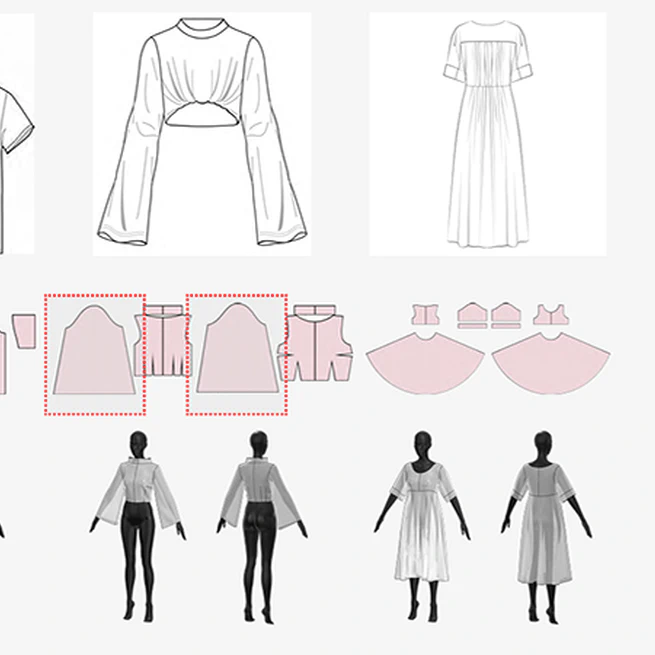
We propose a sewing pattern generation approach based on Large Multimodal Models, to generate parametric pattern-making programs from multi-modal design concepts.
Jun 11, 2025

We propose GarmentDreamer, a novel method that leverages 3D Gaussian Splatting (GS) as guidance to generate wearable, simulation-ready 3D garment meshes from text prompts.
Mar 1, 2025

We introduce a novel diffusion-based framework that effectively translates rendered images into realistic counterparts, ensuring the preservation of texture details.
Dec 10, 2024

We present a human-centered 3D content interaction system called VR-GS. VR-GS ensures real-time execution with highly realistic dynamic responses.
Jul 28, 2024

We propose a neural-assisted homogenized constitutive model for simulating yarn-level cloth. This model is trained using strain energy datasets and is validated through qualitative and quantitative experiments.
Jul 28, 2024

We propose a point-based representation, Gaussian surfels, to combine the advantages of the flexible optimization procedure in 3D Gaussian points and the surface alignment property of surfels.
Jul 28, 2024
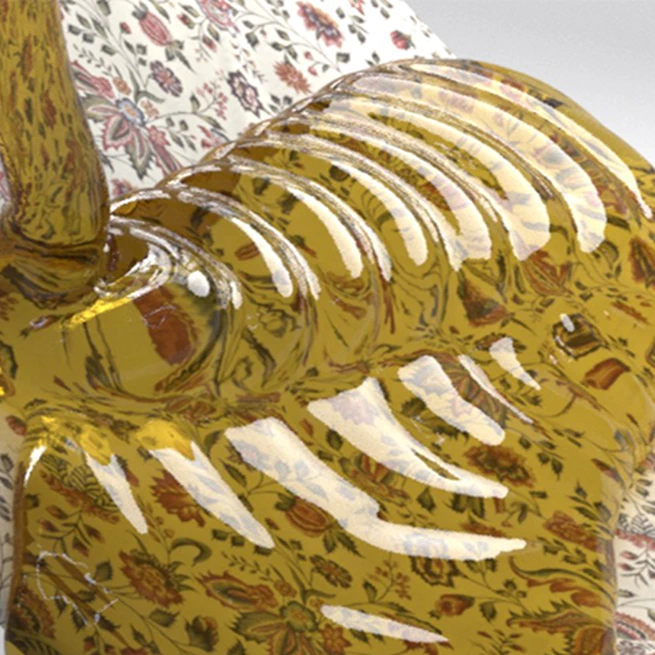
We present a novel method to couple Finite Element Methods (FEM), typically employed for modeling flesh, cloth, hair, and rigid bodies, with Material Point Methods (MPM), which are well-suited for simulating Newtonian/non-Newtonian fluid, granular materials, and fracturing materials.
Jul 28, 2024
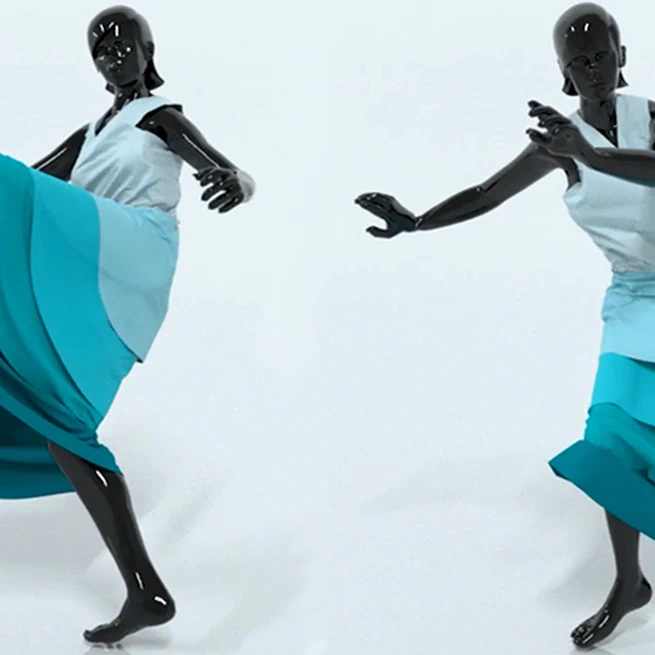
We propose an efficient cloth simulation method that combines the merits of two drastically different numerical procedures, namely the subspace integration and parallelizable iterative relaxation.
Dec 12, 2023
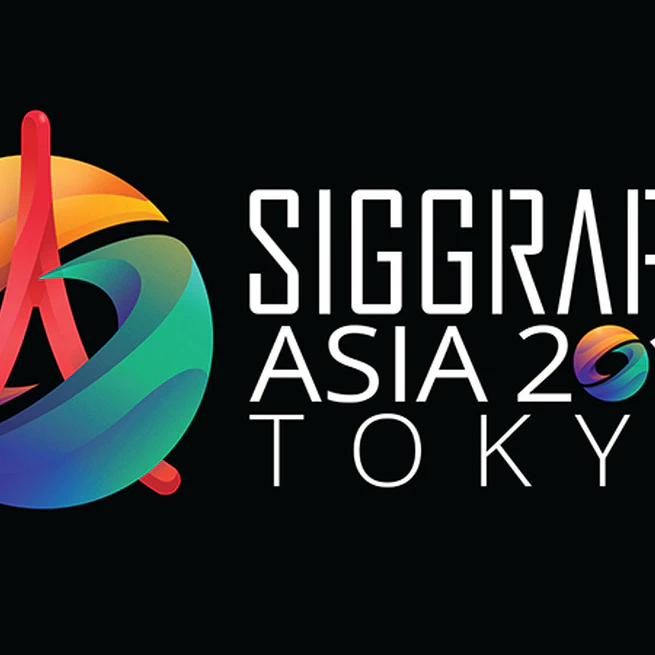
This course introduces students and practitioners to several parallel iterative techniques to tackle Physics-based animation of elastic materials and achieve elastic deformations in real-time.
Jan 1, 2018
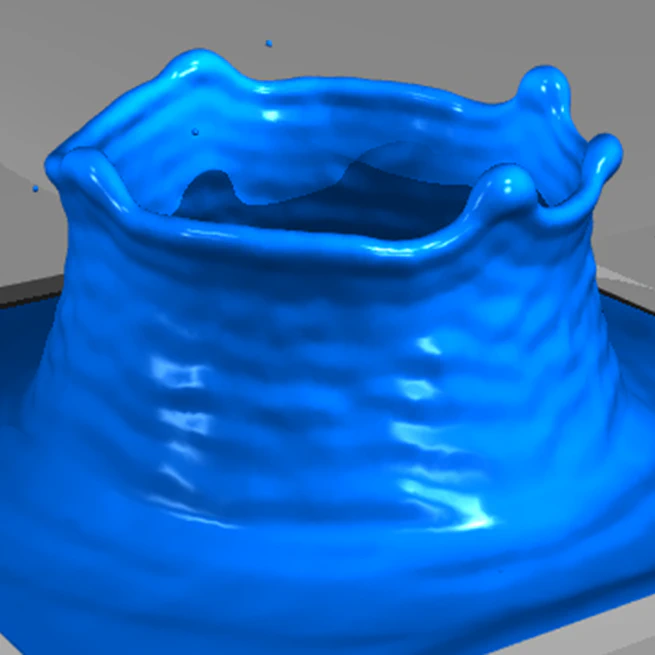
Capillary waves are difficult to simulate due to their fast traveling speed and high frequency. In this paper, we propose to approximate capillary wave effects by surface compression waves under the SPH framework.
Jul 11, 2016
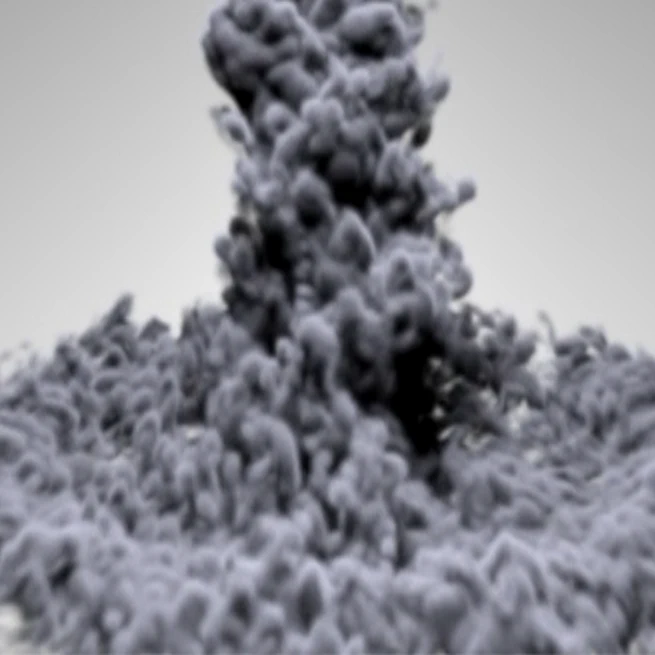
The simulation of fluid mixing under the Eulerian framework often suffers from numerical dissipation issues. We present a mass-preserving convection scheme that offers direct control on the shape of the interface.
Aug 1, 2015
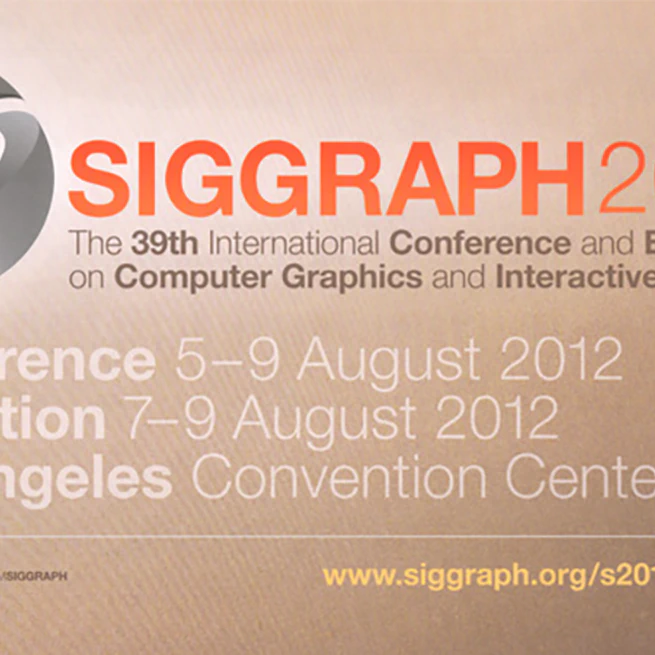
This course bridges the gap between research labs and industry to present a unifying theory and understanding of data-driven methods for dynamic deformations that may inspire development of novel solutions.
Jan 1, 2012
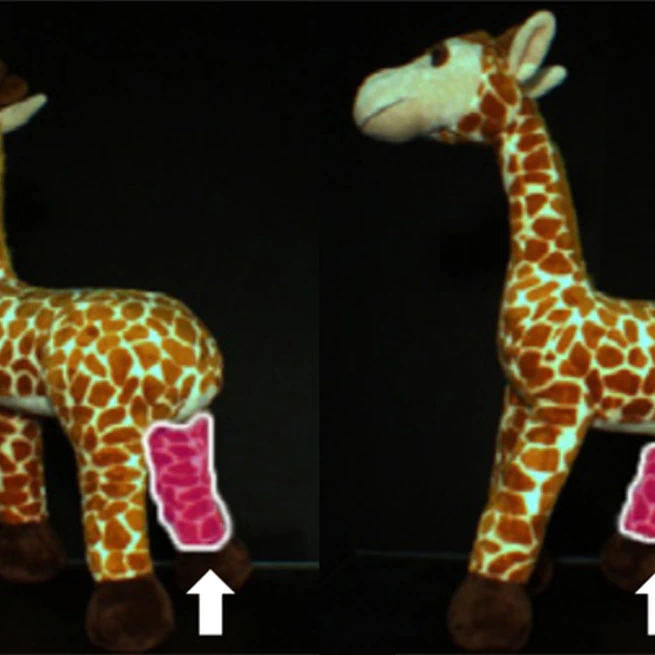
We propose a novel approach to reconstruct complete 3D deformable models over time by a single depth camera, provided that most parts of the models are observed by the camera at least once.
Sep 29, 2009
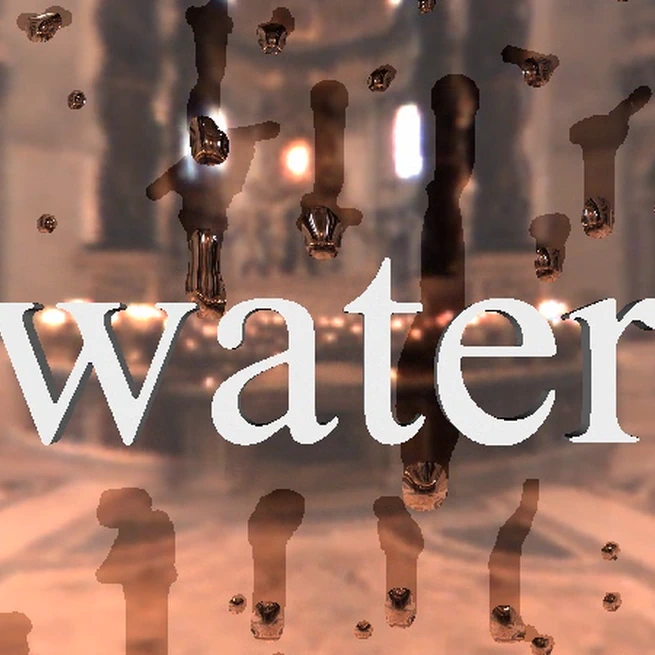
We propose a new framework for solving General Shallow Wave Equations (GSWE) in order to efficiently simulate water flows on solid surfaces under shallow wave assumptions.
Aug 1, 2007
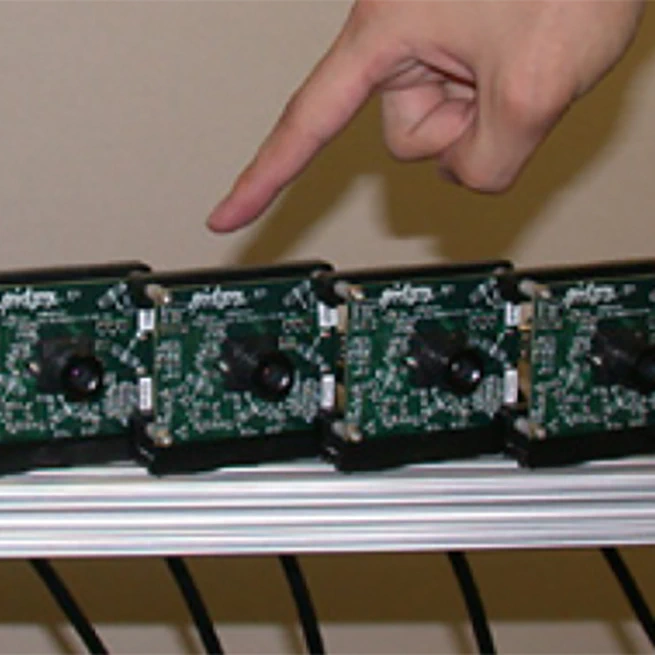
We propose a novel framework, space-time light field rendering, which allows continuous exploration of a dynamic scene in both spatial and temporal domain with unsynchronized input video sequences.
Apr 1, 2005